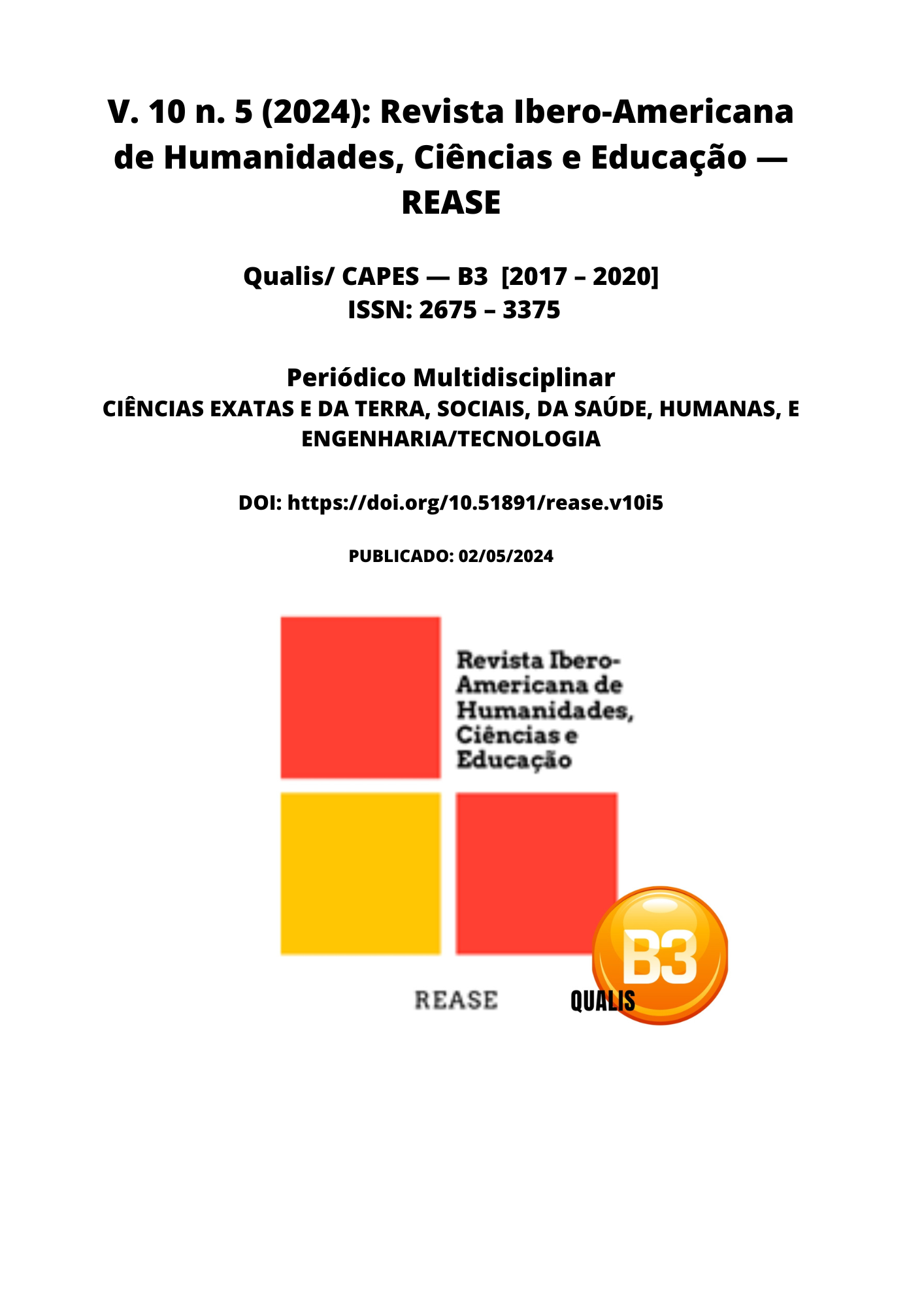COVID-19 AND ITS RELATIONSHIP WITH THE DEVELOPMENT OF CEREBELLAR ATAXIA: A SYSTEMATIC REVIEW
DOI:
https://doi.org/10.51891/rease.v10i5.14036Keywords:
Covid-19. Cerebellar Ataxia. SARS-CoV-2.Abstract
Introduction. When analyzing the current reality of post-coronavirus pandemic movement disorders, there is a need to focus more attention on the relationship between SARS-CoV-2 infection and the development of cerebellar ataxia. Objectives. From this perspective, the present study aims to explain the influence of Covid-19 on the development of cerebellar ataxia, with the aim of elucidating the pathophysiological mechanisms and consequent triggering of this dysfunction. Justification. Exploring the association of Covid-19 with the development of cerebellar ataxia has significant scientific implications. Therefore, understanding the neurobiological mechanisms involved in this association can lead to advances in understanding the pathogenesis of cerebellar ataxia and neurological complications related to Covid-19. Methodology: The searches were carried out using the National Library of Medicine (PubMed MEDLINE) and ScienceDirect databases in May 2023. The keywords used were in English: “COVID-19”, “cerebellar ataxia”, “ SARS-CoV-2”, and in Portuguese: “COVID-19”, “cerebellar ataxia”, “SARS-CoV-2”. Original articles were considered as inclusion criteria, published between 2011 and 2024, in English and Portuguese. The exclusion criteria were articles published prior to the delimited years, articles that were not in English or Portuguese, as well as works that did not address the association between ataxia and Covid-19. Results and discussion. It has been realized that COVID-19, triggered by SARS-CoV-2, not only affects the respiratory system but has also been shown to have significant impacts on the central nervous system, including the cerebellum, leading to clinical manifestations such as ataxia. SARS-CoV-2 infection stimulates the release of several pro-inflammatory cytokines, which have the ability to directly cross the blood-brain barrier (BBB) via a transcellular route, affecting the integrity of the basement membrane and activating microglia and astrocytes. The virus can also bind to the angiotensin-2 converting enzyme receptor in neurons and glia and affect the hypothalamus, basal ganglia, midbrain, pons, medulla and cerebellum. From this perspective, understanding the underlying pathophysiological mechanisms, which range from the exacerbated immune response to the possible direct aggression of the virus to brain tissues, is crucial for the development of effective therapeutic approaches. Case reports highlight the importance of recognizing and monitoring neurological symptoms in patients with COVID-19, especially those presenting with ataxia, for early diagnosis and appropriate intervention. Conclusion. Given the research results of this study, it is clear that the appearance of cerebellar ataxia after COVID-19 infection is an unexpected manifestation and attracts the attention of the medical community. Recognizing this post-infectious complication is crucial to providing the best care to patients, as prompt identification and appropriate treatment can result in a more effective recovery.
Downloads
Downloads
Published
How to Cite
Issue
Section
Categories
License
Atribuição CC BY

